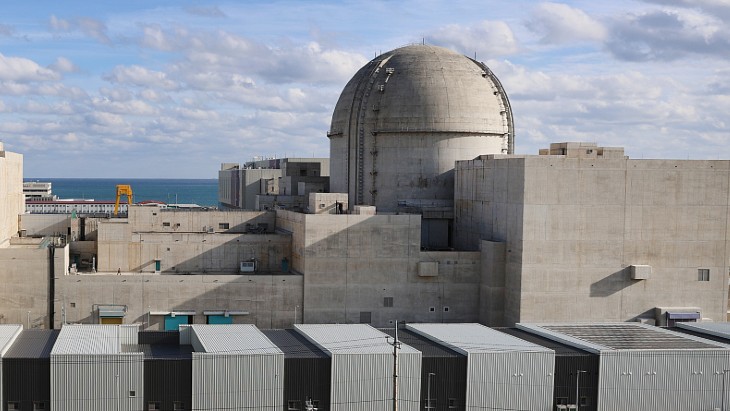Petrov's approval was possible after the regional branch of Russian regulator Rostechnadzor issued a "statement of conformity" for Akademik Lomonosov, which verifies that the FNPP had been built in accordance with all project documentation requirements. Additionally, the project had received approval from Rosprirodnadzor, the executive authority controlling and supervising activities in the field of environmental management. Rosenergoatom said today that receiving these documents meant the FNPP "fully adheres to all norms and regulations, including sanitary, epidemiological, environmental, fire safety, construction requirements and federal standards".
"Today we can consider the floating nuclear power plant construction project successfully completed. We have finished our main task for this year - fully commissioned the FNPP in Pevek, Chukotka region. Today, it officially becomes the 11th nuclear power plant in Russia and the northernmost one in the world,” Petrov said.
The FNPP, which comprises two 35-megawatt KLT-40C reactors, started providing electricity to the isolated grid of the Chaun-Bilibino energy centre of Chukotka on 19 December, 2019.
It has generated more than 47.3 GWh of electricity since being connected to the grid and currently covers 20% of the Chaun-Bilibino energy centre’s demand. It will become the main energy source for Chukotka following the shutdown of the Bilibino nuclear power plant.
Its power and heat capacities are 70 MW and 50 Gcal/h (210 GJ/h), respectively. It is 140 metres long and 30 metres wide, and its displacement is 21,500 tonnes.

.jpg)



_72306.jpg)


_49562.jpg)





